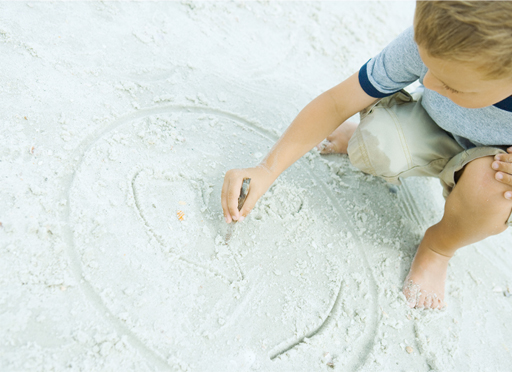2.2 Children’s voice and children’s rights
Enabling children to have a voice is underpinned by a rights perspective. The United Nations Convention on the Rights of the Child was agreed in 1989 and came into force in the UK in 1992.
Activity 4 Children’s Expression
In this activity you are asked to reflect on the relevance of children’s rights and participation in research in relation to your research interests. Think about:
- How might realisation of children’s rights and the ethical issues around participation apply to any of your future plans to engage with children and young people in a research project?
- How children’s voices have been incorporated in research with reference to your reading about researchers, including child researchers, on this course?
- Other groups of people to whom these rights apply. How might the rights held by other people affect how a researcher thinks about including children’s rights in research?
To find out more about examples of children participating in research, visit The Open University’s Faculty of Wellbeing, Education and Language Studies Children’s Research Centre website (make sure to open this link in a new tab/window so you can easily return to this page).
To read more about children’s rights and ways of empowering children to participate in and even lead research, visit the Our Voices Resources page.

